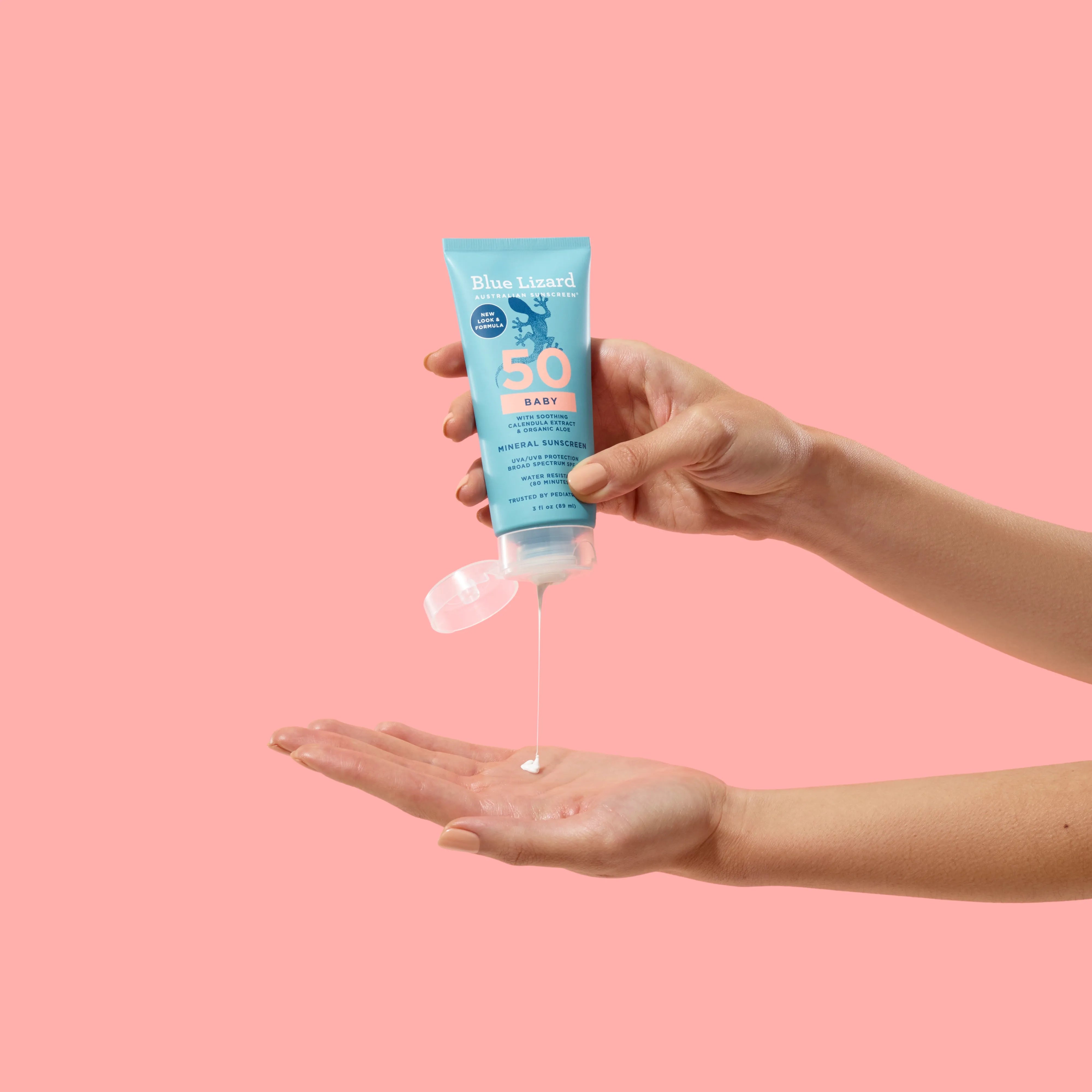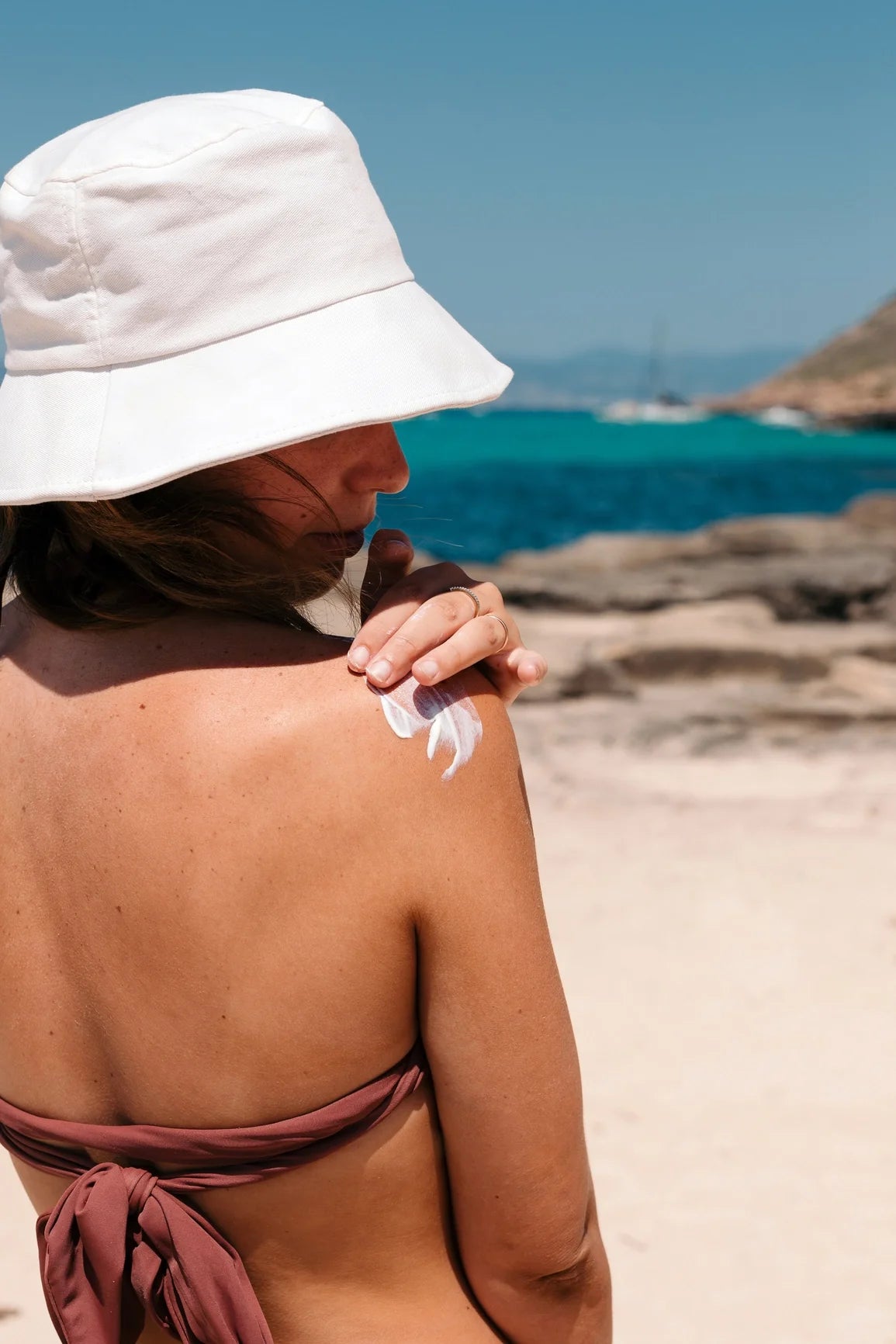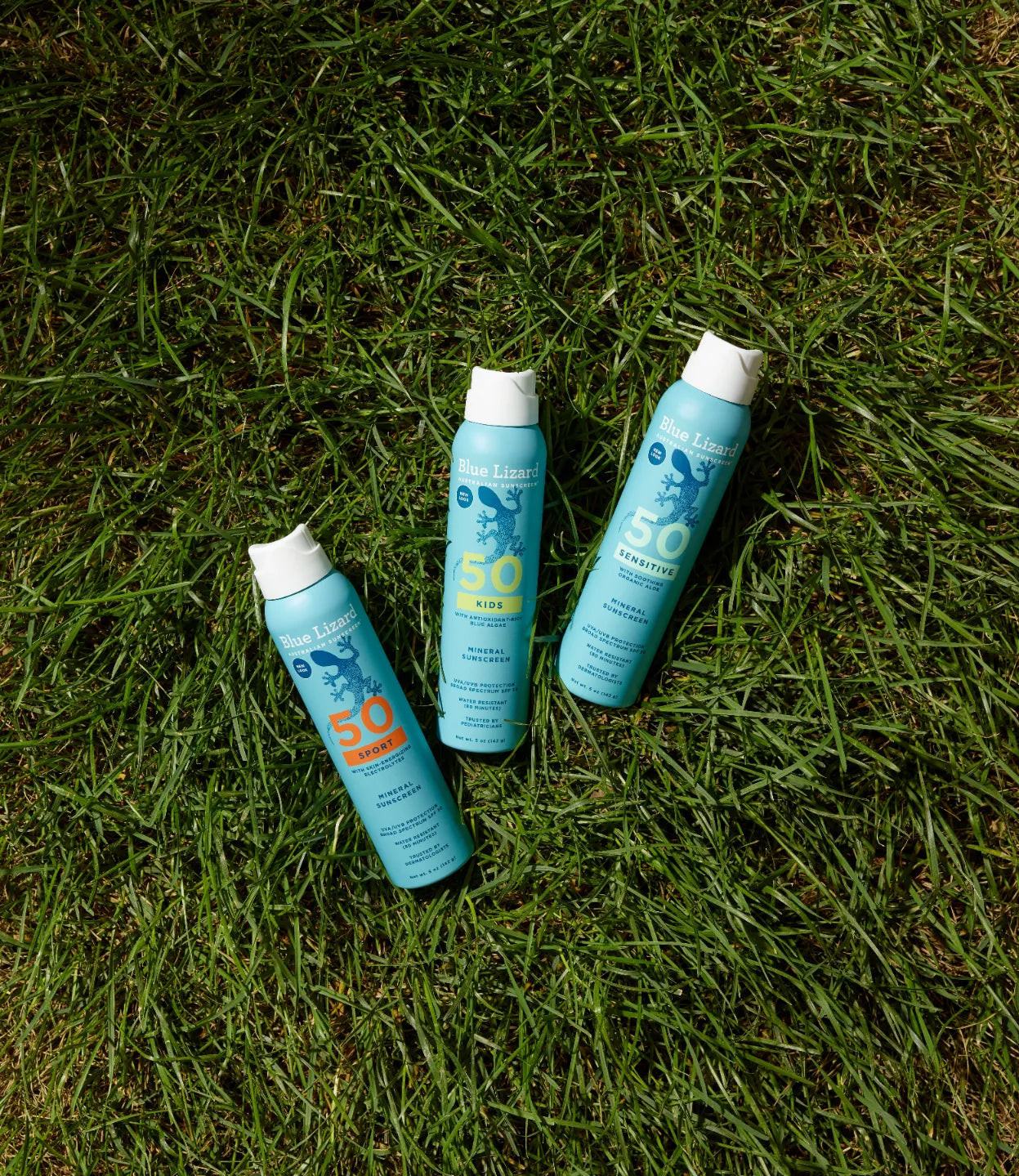There’s a lot of buzz about skincare and the importance of a routine to maintain healthy skin. But there are so many different products and application tips that it can be a bit confusing. After all, what exactly should you use? And in what order should you use them?
But let's start with good news: There’s a basic skincare routine that anyone can follow with excellent results, without having to apply dozens of products and without wasting a lot of time.
That said, even in a practical and simple skincare routine, there’s a particular order you need to follow when applying your products that makes all the difference for your skin.
The reason is simple: Some skincare products are made to protect the skin, while others have the function of moisturizing or nourishing. It’s necessary that each one has the right time to act and be absorbed.
According to the American Academy of Dermatology (AAD), a skincare routine that requires multiple products and is applied without order can end up irritating your skin and bringing unwanted results, such as product malabsorption, dryness, or acne.
In order to prevent this, your routine has to take into account these four or five steps: Cleansing, toning, hydration and protection.
Your hands are the best skincare applicator tools you have as washcloths, scrubs and brushes can be abrasive on the skin. But your hands also collect a lot of stuff during the course of the day from touching door handles to your debit card. So that gunk won’t end up on your face, wash your hands with a gentle, non-fragranced soap.
Cleanliness First
Nothing can be done on your face before cleansing. Your skin needs to have unobstructed pores, no greasiness and no accumulation of dirt and daily grime. This first step is essential to eliminate dead skin cells, allowing your skin to absorb the products that will be applied next.
For cleansing, use a gentle cleanser that suits your skin type. Wet your face, rub the cleanser into your skin and then rinse thoroughly with warm (not hot!) water.
Dermatologists recommend cleansing at least twice a day: in the morning when you wake up, at the end of the day and during the day as needed (for example, after a workout).
Shall We Tone?
This is a step that some people skip, but it can help you improve the appearance of your skin. So, what is a toner? A toner is a quickly absorbing liquid that can help clear any remaining cleanser, restore the pH of your skin, boost hydration, or help with exfoliation. This depends on what type of cleanser you use and what you’re trying to achieve.
According to dermatologists, toners help prepare your skin and remove impurities so that it can absorb your skincare products. Some dermatologists compare cleansed skin to a dry sponge. A dry sponge doesn’t soak up water as easily and will actually float in water. But a wet sponge will absorb all the water it can get. Toned skin is similar to a wet sponge, soaking up all the skincare products it can take.
If you have sensitive skin or another skin condition, you may want to skip this step as toners can cause irritation and do more harm than good. To avoid irritating or staining your skin, choose an alcohol-free product.
To apply a toner, follow the directions on the product’s packaging. Most can be applied by putting a few drops on your hands and then rubbing that into your face.
Do You Have a Skin Treatment? The Time is Now
After cleansing and applying your toning product, the next step is to apply your treatment product. These can be over-the-counter treatments for acne, anti-aging or other medications your doctor has prescribed.
Pro tip: When applying products around your eyes, use your ring finger. This tends to be our weakest finger, so it won’t pull too hard on the delicate skin around your eyes.
Moisturizer is a must
Hydration in all forms is what provides smoothness and health for your skin and face. Therefore, this step is indispensable for all types of skin. Moisturizing right after you cleanse is key to locking in all of the hydration you can. Even if your skin is oily, don't run away from a lightweight moisturizer. When skin is not moisturized, it can actually overproduce sebum—the oil that hydrates our skin. When you cleanse you remove a lot of this oil. If your body naturally produces a lot of oil this can cause it to freak out and overcompensate.
With that being said, all moisturizers are not created equal and it’s critical to use a product that suits your skin type.
If your skin leans more on the dry side, look for moisturizers that contain ingredients that prevent water loss. Heavier creams during the winter may also help.
If you have combination skin (oily in some places and dry in the other) you’ll need a product that has properties of both dry skin moisturizers and oily skin moisturizers.
In addition to proper skin hydration, it’s important to maintain a healthy diet and regular water consumption in your routine.
Always Use Sunscreen, but the Right One
After the cleansing and moisturizing process comes the last step, which is also one of the most important: sun protection. This is when you’ll use a sunscreen. And it has to be every day, not just on a leisurely day at the beach. Rain or shine, your product has to be applied. After all, UV rays reach our skin even on cloudy days.
But will any sunscreen protect your skin and, at the same time, keep it healthy? If you have sensitive skin or other skin conditions, there are many things to consider. In general, many dermatologists will tell you the best sunscreen is the one you’ll wear every day. So, make sure to pick one you love.
There are two types of sunscreen: physical and chemical. A chemical sunscreen protects you from the sun by absorbing into the skin and converting the UV rays to heat. A physical sunscreen (also called a mineral sunscreen) uses active ingredients like Zinc Oxide that sit on top of the skin to stop UV rays from reaching your body.
The American Academy of Dermatology recommends using a broad-spectrum sunscreen that has an SPF of 15 or higher.
Blue Lizard sunscreens are always mineral to provide broad-spectrum sun protection dermatologists trust. Our Sensitive, Baby, Kids and Sport sunscreens contain only mineral active ingredients that are gentle on skin.
At Blue Lizard, we make products to protect our families that also help protect the outdoors we love. Our We Love the Reef sunscreens also contain no Oxybenzone and no Octinoxate to help protect delicate coral reefs.








